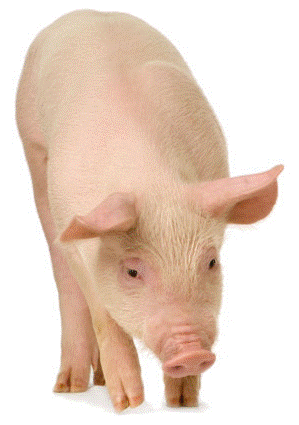
The type of protection affects the release of butyric acid
Two trials (presented at the XII International Symposium Digestive Physiology of Pigs) were conducted to compare 2 forms of butyric acid (BA) protection on the liberation of BA along the gastrointestinal tract (GIT) in piglets: vegetable fat-encapsulated sodium butyrate (SBE) and monoglyceride of butyric acid (MB). In the first trial, piglets fed the SBE supplemented feed tended to show higher body weight than piglets from MB group (18.66 vs. 17.82 kg; P = 0.0995). Feed intake and FCR were not different among diets. In the second trial, piglets weaned at 21 days, were given either a standard post-weaning program with the same amount of BA in the form of SBE or MB. At the end of the trial, one animal per pen was euthanized and the concentration of BA and volatile fatty acids (VFA) in duodenum, jejunum, ileum, colon and cecum were measured. It was observed that piglets fed SBE had higher concentration of VFA in colon than those MB fed animals (8.24 vs 5.11 mmol/g of BA; P = 0.032; 19.26 vs. 11.49 mmol/g of propionic acid; P = 0.12; 31.25 vs. 15.42 mmol/g of acetic acid; P = 0.054; 29.44 vs. 17.22 mmol/g of lactic acid; P = 0.027 and 58.75 vs 32.02 mmol/g of total VFA; P = 0.0477). There were relevant numerical but non-statistically significant differences in the rest of the GIT sections. It is concluded that the addition of sodium butyrate encapsulated with vegetable fat allows more BA to reach the distal sections of the GIT than MB. The higher levels of VFA in the intestine may be related to a negative correlation with enterobacteria populations and a positive correlation with lactic acid-producing bacteria

